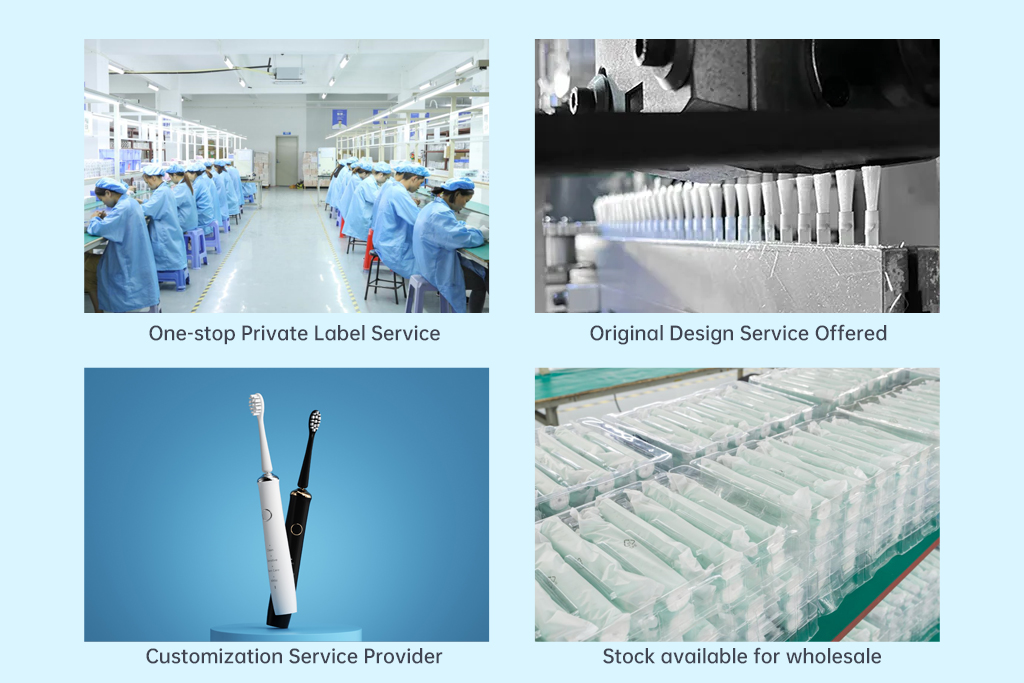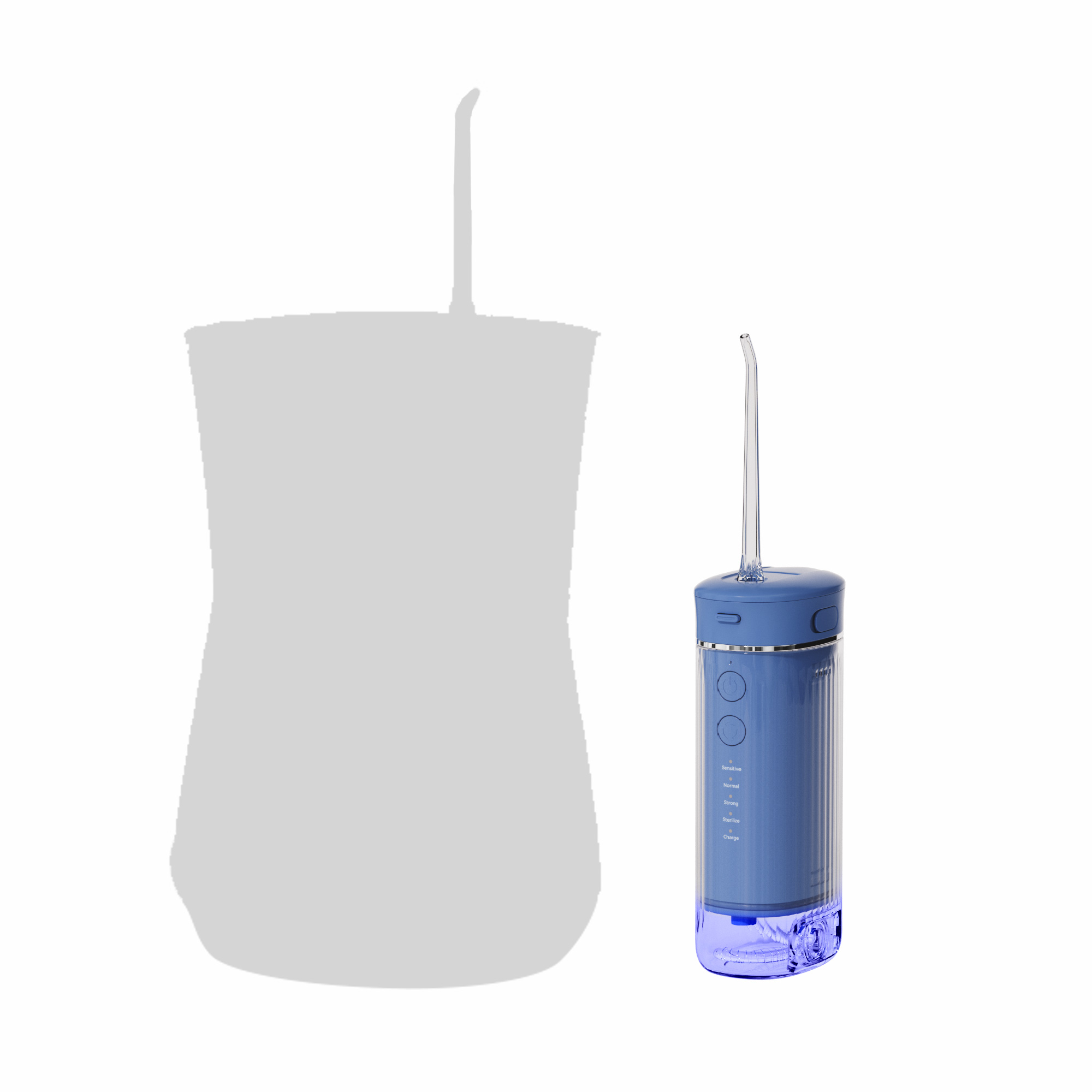When consumers use teeth whitening products or oral hygiene devices that release bleaching agents such as hydrogen peroxide, they may unexpectedly experience tongue numbness due to hydrogen peroxide burns. Is this sensation a typical and temporary side effect, or a signal of underlying product design flaws? For manufacturers and OEM suppliers, understanding this connection is essential to ensure product safety, user comfort, and market trust.
Hydrogen peroxide is widely used for its strong antibacterial and whitening properties. However, if its concentration exceeds safe limits or if the delivery system malfunctions—such as improper gel release or faulty applicator tips—hydrogen peroxide burns can occur. These burns damage the soft tissues of the mouth, including the tongue, leading to discomfort and possible tissue irritation.
Inadequate control over hydrogen peroxide exposure, often due to poor formulation or defective applicators, significantly raises this risk.
Following a hydrogen peroxide burn, users frequently report tongue numbness, which can last from a few hours to several days depending on exposure severity. This numbness results from the chemical’s aggressive interaction with nerve endings on the tongue’s surface. Manufacturers must note that such sensory disturbances are not “normal” side effects for modern oral care products but a red flag indicating potential overexposure or application flaws.
If customers regularly encounter tongue numbness, it signals that formulation concentration, release rate, or application precision needs urgent reassessment. Company web:https://www.powsmart.com/product/electric-toothbrush/
Several design flaws can cause excessive hydrogen peroxide contact with soft tissues:
All these factors elevate the likelihood of hydrogen peroxide burns, which in turn cause tongue numbness. Manufacturers must conduct rigorous leakage and dosage tests during product development to avoid these risks.
While mild tongue numbness might fade without lasting harm, repeated or severe cases can lead to:
For B2B brands, failure to address these issues can harm their reputation among global distributors and regulatory bodies, including FDA or CE certification processes.
To eliminate the risk of hydrogen peroxide burns and resulting tongue numbness, manufacturers can:
Additionally, clear consumer instructions on proper use can reduce misuse-related risks.
For OEM suppliers aiming at top-tier product quality, the following practices are crucial:
By following these design and production standards, B2B manufacturers can greatly reduce customer complaints of tongue numbness and avoid costly product returns or recalls.
In conclusion, tongue numbness following hydrogen peroxide burns should never be dismissed as “normal.” Instead, it signals potential product design or manufacturing shortcomings that must be addressed immediately. For manufacturers committed to product excellence, user safety, and brand integrity, eliminating these risks is not optional—it is a critical quality benchmark in today’s competitive oral care market. Contact us
.jpg)
.jpg)
.jpg)
.jpg)
Where to Find Electric Toothbrush Manufacturer Reviews to Identify the Best Electric Toothbrush for Distributors?
.jpg)
Looking for Electric Toothbrush for Travel Wholesale as an Oral-B Electric Toothbrush Distributor?
Tray Misalignment Worsening Jaw Pain – Solution Exists?

FAQ for New Water Flosser Brands: Avoiding Costly OEM Mistakes
Short Circuit Plus Water Leakage – Playing with Fire?
.jpg)
Need an Electric Toothbrush Packaging Supplier with Integrated Electric Toothbrush Logistics Services?
.jpg)
What Methods Can Be Adopted in Increasing the Sales of Water Flossers?

Water Flosser Working Principle Explained by a Direct OEM Factory
.webp)
How Do Electric Toothbrush Market Trends Influence Electric Toothbrush Supplier Certification?
Overbleaching Risk and Gum Recession – Fair Trade?
Sensor Failure During Overpressure Damage – Double Trouble?

The Advantages of Cooperating with Competitive Factories for the Growth and Expansion of Brand Owners
Battery Degradation Accelerating LED Dimming – Unavoidable?
.jpg)
No More Missed Spots: How Our Manufacturer Ensures Your Water Flosser Reaches All Teeth
Brush Discoloration with Hydrogen Peroxide Burns – Safe to Ignore?
sonic electric toothbrush Tucson
.jpg)
Florida Electric Toothbrush – Powsmart PTR-C8

electric toothbrush heads Ultra Soft

electric toothbrush heads Regular Clean

electric toothbrush heads Deep Clean

Customization Teeth Whitening Gel

electric toothbrush heads Charcoal Infuse-Round

Electric toothbrush heads Charcoal Infused-Diamond

Private Label Whitening Gel
whstapp
whstapp
National Toll-Free Service Hotline
+86 755 86238638